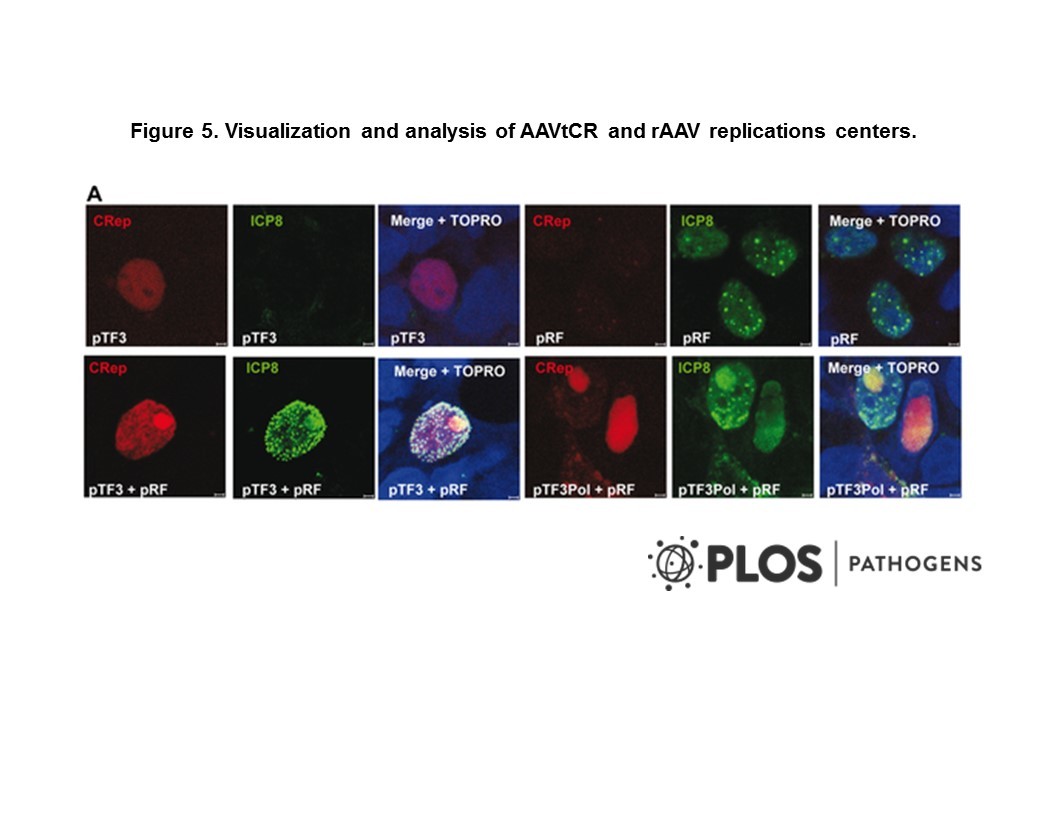Cat. #151029
Anti-HSVICP8 [11E2]
Cat. #: 151029
Sub-type: Primary antibody
Unit size: 100 ug
Availability: 3-4 weeks
Target: Herpes Simplex Virus Infected cell protein 8 (HSV-ICP8)
Class: Monoclonal
Application: IHC ; IF ; IP ; WB
Reactivity: Virus
Host: Mouse
£300.00
This fee is applicable only for non-profit organisations. If you are a for-profit organisation or a researcher working on commercially-sponsored academic research, you will need to contact our licensing team for a commercial use license.
Contributor
Inventor: Roland Wolf
Institute: Cancer Research UK, London Research Institute: Clare Hall Laboratories
Tool Details
*FOR RESEARCH USE ONLY (for other uses, please contact the licensing team)
- Name: Anti-HSVICP8 [11E2]
- Research fields: Microbiology
- Clone: Array
- Tool sub type: Primary antibody
- Class: Monoclonal
- Conjugation: Unconjugated
- Molecular weight: 51 kDa
- Strain: Balb/c
- Reactivity: Virus
- Host: Mouse
- Application: IHC ; IF ; IP ; WB
- Description: ICP8 is the major DNA binding protein of herpes simplex virus type 1.
- Immunogen: ICP8 purified from U-35-VERO cells.
- Isotype: IgG1
Target Details
- Target: Herpes Simplex Virus Infected cell protein 8 (HSV-ICP8)
- Molecular weight: 51 kDa
- Target background: ICP8 is the major DNA binding protein of herpes simplex virus type 1.
Applications
- Application: IHC ; IF ; IP ; WB
Handling
- Format: Liquid
- Concentration: 1 mg/ml
- Unit size: 100 ug
- Storage buffer: PBS with 0.02% azide
- Storage conditions: -15° C to -25° C
- Shipping conditions: Dry ice
References
- Mohni et al. 2013. J Virol. 87(1):531-42. PMID: 23097436.
- Efficient herpes simplex virus 1 replication requires cellular ATR pathway proteins.
- Alazard-Dany et al. 2009. PLoS Pathog. 5(3):e1000340. PMID: 19282980.
- Definition of herpes simplex virus type 1 helper activities for adeno-associated virus early replication events.





